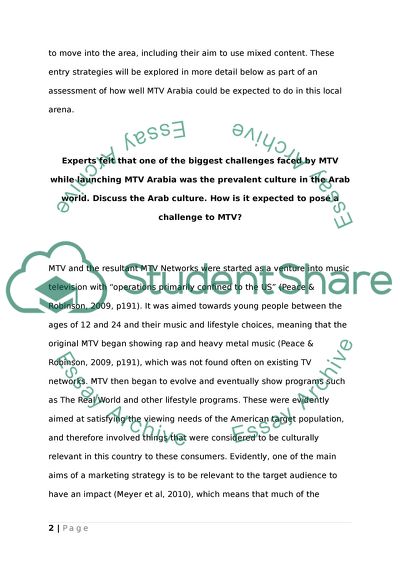Cite this document
(Music Television Network: The Arabian Challenge Case Study, n.d.)
Music Television Network: The Arabian Challenge Case Study. Retrieved from https://studentshare.org/marketing/1596970-mtv-network-the-arabian-challange
Music Television Network: The Arabian Challenge Case Study. Retrieved from https://studentshare.org/marketing/1596970-mtv-network-the-arabian-challange
(Music Television Network: The Arabian Challenge Case Study)
Music Television Network: The Arabian Challenge Case Study. https://studentshare.org/marketing/1596970-mtv-network-the-arabian-challange.
Music Television Network: The Arabian Challenge Case Study. https://studentshare.org/marketing/1596970-mtv-network-the-arabian-challange.
“Music Television Network: The Arabian Challenge Case Study”. https://studentshare.org/marketing/1596970-mtv-network-the-arabian-challange.


